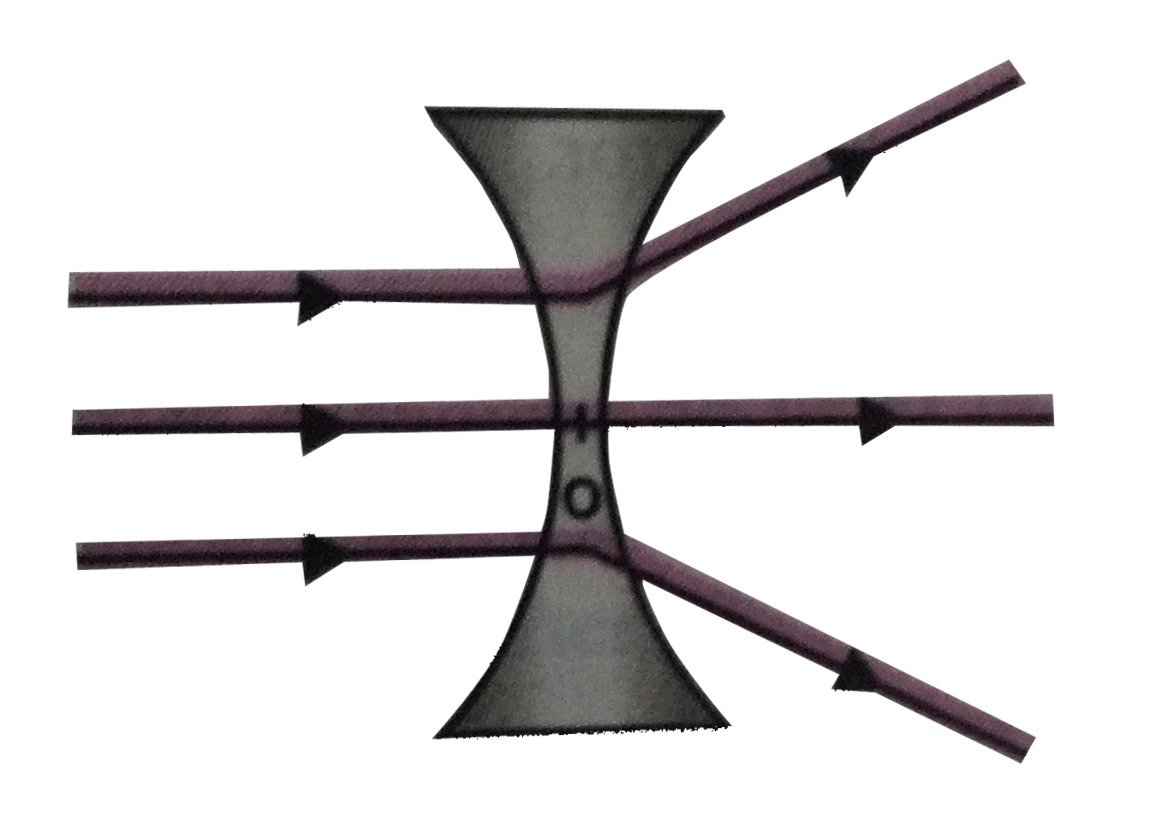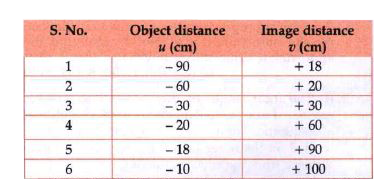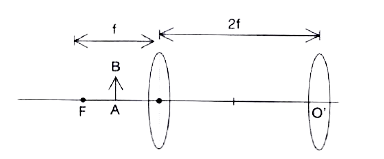When a fork is seen through lenses A and B one by one, it appears as shown in the diagrams. What is the nature of (i) lens A, and ii) lens B? Give reason for your answer.

Step by step video & image solution for When a fork is seen through lenses A and B one by one, it appears as shown in the diagrams. What is the nature of (i) lens A, and ii) lens B? Give reason for your answer. by Physics experts to help you in doubts & scoring excellent marks in Class 10 exams.
Updated on:21/07/2023Topper's Solved these Questions
- REFRACTION OF LIGHTBOOK - LAKHMIR SINGH & MANJIT KAURCHAPTER - REFRACTION OF LIGHTEXERCISE - LONG ANSWER TYPE QUESTIONS
3 Videos
- REFRACTION OF LIGHTBOOK - LAKHMIR SINGH & MANJIT KAURCHAPTER - REFRACTION OF LIGHTEXERCISE - SHORT ANSWER TYPE QUESTIONS
1 Videos
- REFRACTION OF LIGHTBOOK - LAKHMIR SINGH & MANJIT KAURCHAPTER - REFRACTION OF LIGHTEXERCISE - VERY SHORT ANSWER TYPE QUESTIONS
1 Videos
- REFLECTION OF LIGHT BOOK - LAKHMIR SINGH & MANJIT KAURCHAPTER - REFLECTION OF LIGHT EXERCISE - Very Short Answer Type Questions
1 Videos
- SOURCES OF ENERGY BOOK - LAKHMIR SINGH & MANJIT KAURCHAPTER - SOURCES OF ENERGY EXERCISE - NCERT
8 Videos
Similar Questions
What lessons has nature taught us? Give reasons for your answer.
View SolutionA parallel beam of light passes through a lens held at O as shown in Fig. What is the nature of the lens?

View SolutionIf the image formed by a lens for all positions of an object placed in front of it is always erect and diminished, what is the nature of this lens ? Draw a ray diagram to justify your answer. If the numerical value of power of this lens is 10 D, what is its focal length in cartesian system ?
View SolutionClassify the following functions in the form of one-one, many one, into and onto, also give reason to support your answer.
View SolutionAnalyse the following observation table showing variation of image distance (v) with object distance (u) in case of a convex lens and answer the questions that follow, without doing any calculation :

What is the focal length of the convex lens ? Give reason to justify your answer.
View SolutionAnalyse the following observation table showing variation of image distance (v) with object distance (u) in case of a convex lens and answer the questions that follow, without doing any calculation :

What is the focal length of the convex lens? Give reason in support of your answer.
View SolutionThe magnification produced by a spherical lens is +2.5. What is the:
a) nature of image?
b) nature of lens?
View SolutionThe magnification produced by a spherical lens is +0.75. What is the:
a) nature of image?
b) nature of lens?
View SolutionDraw ray diagrams to represent the nature, position and relative size of the lens for the object placed:
a) at 2F1,
b) between F1 and the optical center O of the lens.
Which of the above two cases shows the use of convex lens as a magnifying glass? Give reasons for your choice.
View SolutionAn object AB is placed on the principal axis of two lenses of equal focal length (f). The lenses are separated by a distance 2f, as shown in the figure. Using ray diagram locate the image formed by each lens and state their nature.

View Solution
